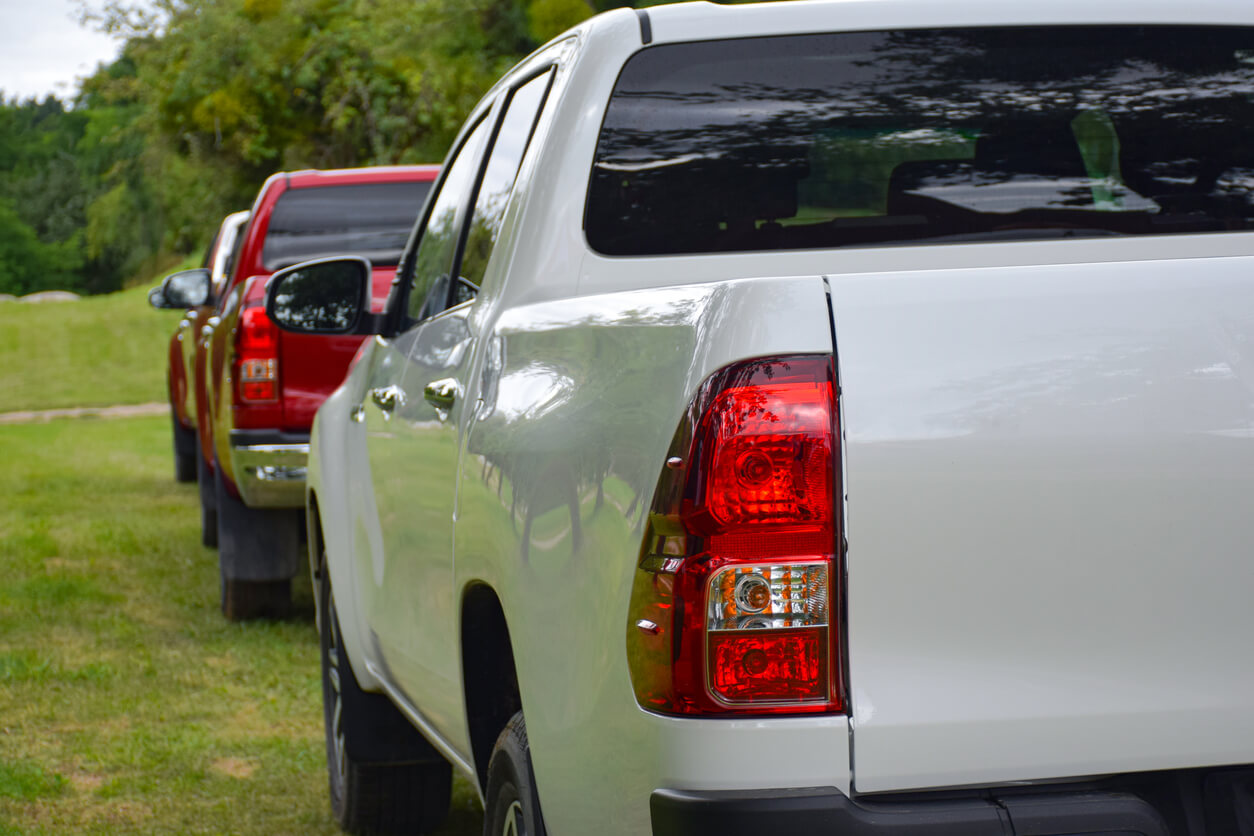For the past several years, the Toyota RAV4 has been one of the most popular and best-selling sports utility vehicles in the United States. However, RAV4 owners have also complained of a myriad of issues afflicting their vehicles; particularly, electrical problems. CCA’s expert lemon law attorneys are well versed in these issues and are here to help you if your Toyota has given you trouble. We invite you to call us today for a free consultation: (833) LEMON-FIRM.
What Are the Electrical Issues That Toyota RAV4’s Often Encounter?
Before understanding the symptoms and the possible electrical defects in a RAV4; let’s look at what a typical vehicle electrical system is and its importance to your car. Each modern vehicle includes an electrical system that is equipped with a myriad of components that are responsible for keeping your vehicle working properly. The battery, alternator, and other charging system components are responsible for maintaining battery power available to the vehicle. Meanwhile, a number of electrical components and computers (including the ECM (Engine Control Module), PCM (Powertrain Control Module), TCM (Transmission Control Module), BCM (Body Control Module (BCM) and others) are responsible for monitor and maintaining proper operation of the vehicle’s components. Meanwhile, modern vehicle includes a series of sophisticated components that are responsible for operation of the vehicle’s infotainment system, such as the Bluetooth phone interface, audio system, GPS system, backup camera, and other components.
In short, your vehicle’s electrical system is extremely important. A healthy electrical system will not only smoothen your drives, but will also ensure a safe and reliable ride.
What Are Common Defects in Toyota Rav4’s?
Below is a list of some of the most common defects complained of by RAV4 vehicle owners:
- Vehicle Stalling;
- Transmission Shuttering;
- Smoke/burning smells from under the hood; and
- Problems with the collision avoidance feature.
A defective electrical system can be fatal if not treated or replaced immediately. According to numerous surveys, many highway accidents are caused due to sudden stops and unexpected stalling.
In the past 6 years, the Toyota RAV4 has received a large number of complaints regarding its faulty electrical system. For example, one owners of a Toyota RAV4 2018 stated “My 2018 Toyota RAV4 has stalled 5 times while driving on city streets in moving traffic, Occurs when I take my foot off the gas while driving, and difficulty restarting after it stalls with loss of power and sputtering.” Another driver complained, “I was driving to work… Dashboard had a ‘4WD’ warning and smoke coming out from the hood. I quickly moved out and fire broke out before the car came to a full stop, all within one minute.”
These are some serious complaints, concerning serious issues that could turn out to be fatal if not looked into.
Here is a partial list of recent models that are known to have problems with the Electrical System:
- 2016 Toyota RAV4
- 2017 Toyota RAV4
- 2018 Toyota RAV4
- 2019 Toyota RAV4
- 2020 Toyota RAV4
What Legal Actions Have Been Taken to Address Toyota RAV4’s Electrical Issues?
According to our attorney’s research, the Toyota RAV4 has been facing electrical system issues for a very long time. The NHTSA has not only conducted several investigations over this issue but have also instructed Toyota to recall certain models that have been severely impacted.
What can I Do if My Vehicle is Facing Any of the Symptoms Listed Above?
If your vehicle has been experiencing any of the issues discussed in this article and you have not been offered any service or replacement assurance from Toyota, CCA lawyers are here to represent your case and protect your rights; all at no cost to you. Our firm features an experienced team of lawyers that have developed a strong expertise in such complicated vehicle cases and have provided quality solutions. If your Toyota vehicle has been facing defects such as stalling, shuttering, smoke/fire from the hood or sudden stops, please feel free to contact our experts for a free consultation at: (833) LEMON-FIRM.


